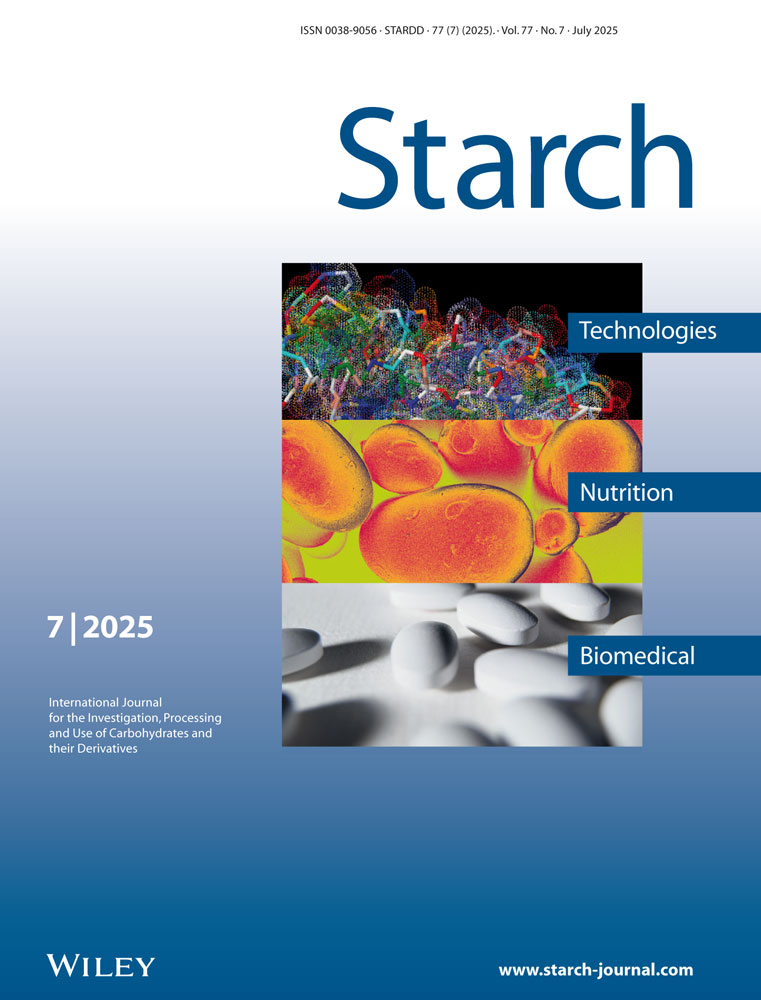Complexation of Metal Ions by Cyclodextrins†
Lecture presented at the 41rst Starch Convention at Detmold (Federal Republic of Germany) from April 25 to 27, 1990.
Abstract
enOrganic ligand containing coordination metal ion complexes and the organometallic compounds in which the metal atoms are covalently bound can form regular inclusion complexes with cyclodextrins. Organic ligands for complexation of the metal ions may be also appropriate substituent groups of a chemically modified cyclodextrin. With non-derivatised cyclodextrins only so-called Outer Sphere Hydroxo-complexes are formed. Metallocenes, arenes, rotaxanes, rhodium- and platinum-complexes are the typical metal ion or atom containing guest molecules. These complexes can be utilised as catalysts, enzyme models, siderophores, colour and fluorescence enhancing reagents, drugs, etc.
Abstract
deKomplexierung von Metallionen durch Cyclodextrine
Metallion-Koordinationskomplexe mit organischen Liganden und Metallatome kovalent gebunden enthaltende metallorganische Verbindungen bilden Einschlußkomplexe mit Cyclodextrinen. Als organischer Ligand kann auch die entsprechende Substitutionsgruppe der chemisch modifizierten Cyclodextrine dienen. Mit nicht-modifizierten Cyclodextrinen bilden Metallionen nur Hydroxokomplexe. Metallocene, Arene, Rotaxane, Rhodium- und Platinakomplexe sind die typischen Metallatome oder Metallionen enthaltende Gastmoleküle. Diese Komplexe finden Anwendung als Katalysatoren, Enzymmodelle, Siderophore, farb- und fluoreszenzerhöhende Reagenzien, Arzneimittel usw.




